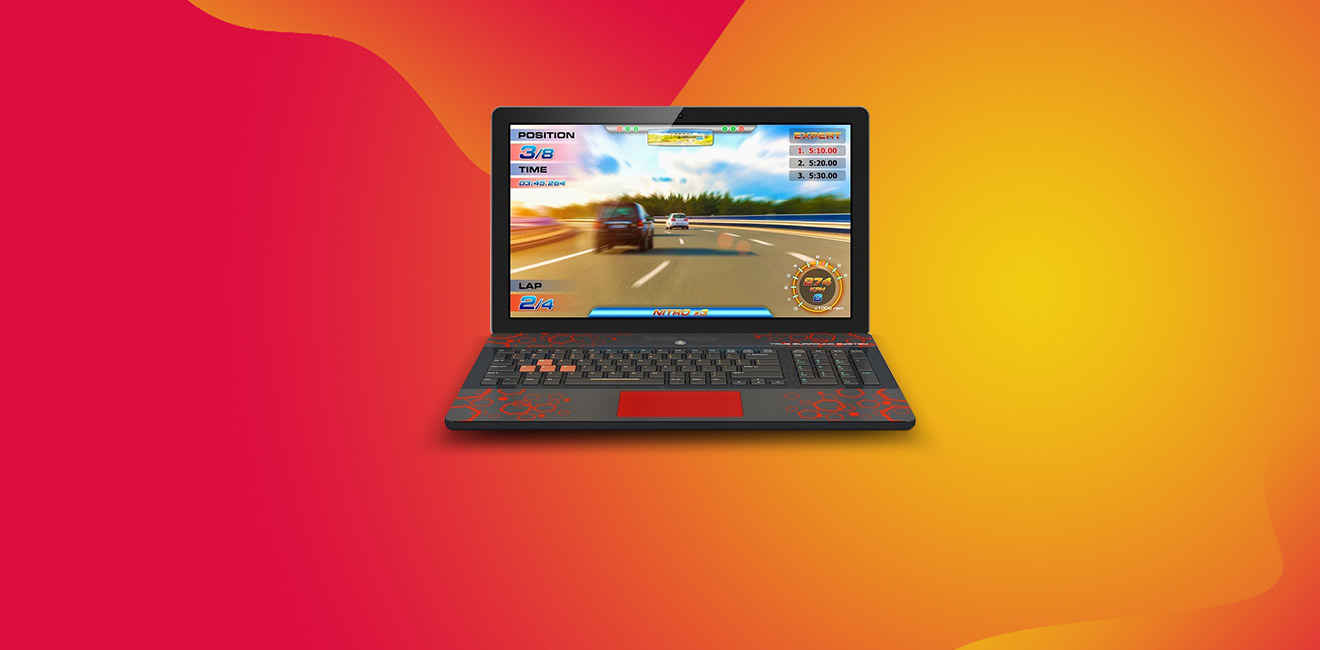Which type of graphics should your next laptop have?

In the same way that the line separating “Thin and Light” from “Mainstream” laptops is slowly being erased, the distinction between gaming and non-gaming laptops is becoming more and more vague by the year. This is a good thing because, this way, customers have more options to choose from. A gaming laptop buyer needn't carry around something large and heavy all the time. A business laptop user needn't worry too much about their device not being good enough for some video editing.
 Survey
SurveyIn our experience, there are three types of laptops depending on how much you're willing to spend. Going from affordable to expensive, the first type is a plain vanilla laptop with an integrated graphics card. The second type is a laptop with some graphical ability in that it has a discrete graphics card that works along with the CPU. The third type is a gaming laptop with a discrete graphics card that's designed to push pixels to the screen quickly. Let's explore each in greater detail.
Integrated graphics
Laptops with an integrated graphics range from Rs 20,000 to Rs 2,00,000. These laptops are graphically sufficient to play videos (both online and offline), animate everyday elements in Windows, run slideshows and presentations, and power more than one external display. They can be used for light image editing but that's about it. They cannot be used to run complex CAD software or play heavy games.
While Intel-powered models come with a CPU (central processing unit) and an integrated GPU (graphics processing unit) with shared video RAM (usually no more than 128MB), some AMD-powered models come with an APU (accelerated processing unit). Laptops powered by an AMD APU are graphically more powerful than Intel units with an integrated graphics card but aren't as capable as a laptop with a discrete graphics card.
Discrete graphics for image and video editing
Laptops with a discrete graphics card start approximately from Rs 40,000 and run into the lakh. Gaming laptops most definitely come with a discrete graphics card because of the graphical load imposed on them. Laptops usually bought within the Rs 40,000 and Rs 70,000 range feature either an AMD Radeon Pro graphics card or an Nvidia GeForce MX 10 or the newer MX 20 series graphics card with up to 4GB of dedicated video RAM. Models that Some Thin and Light models come with this too.
Such models can be used for some light image and video editing. They can also play videos at a high resolution, power external displays, and run a few video games that aren't too graphically demanding. They should be able to run titles such as Metro: Last Light and Ori and the Blind Forest without any hiccups. Throw something more taxing at them, such as Hellblade: Senua's Sacrifice or Shadow of the Tomb Raider at them, and they'll struggle to keep up. They're best reserved for images and videos.
Discrete graphics for gaming and professional editing
Once you enter the realm of discrete graphics, you know you're serious about graphical processing. All self-respecting gaming laptops employ a discrete graphics card that's usually as powerful as the CPU, if not more. While AMD offers its Radeon RX series of graphics cards, Nvidia offers its GeForce GTX 10 series, 16 series, and RTX 20 series of graphics cards. The dedicated video memory on these cards goes up to 16GB on high-end models.
Laptops with a gaming-grade graphics card can be used for, of course, playing video games, AR/VR gaming and mixed reality apps, running heavy video rendering tools, such as Adobe Premiere Pro and PowerDirector. They can also be used for creating animations using Blender and Autodesk Maya. Depending on the performance level of the graphics card, these laptops can run popular game titles, such as Crysis 3, Apex Legends, and Battlefield V. The only downside to such machines is that they cause a lot of heat and occupy a lot of space, so it's hard to find them in a Thin and Light frame.
Vignesh Giridharan
Progressively identifies more with the term ‘legacy device’ as time marches on. View Full Profile